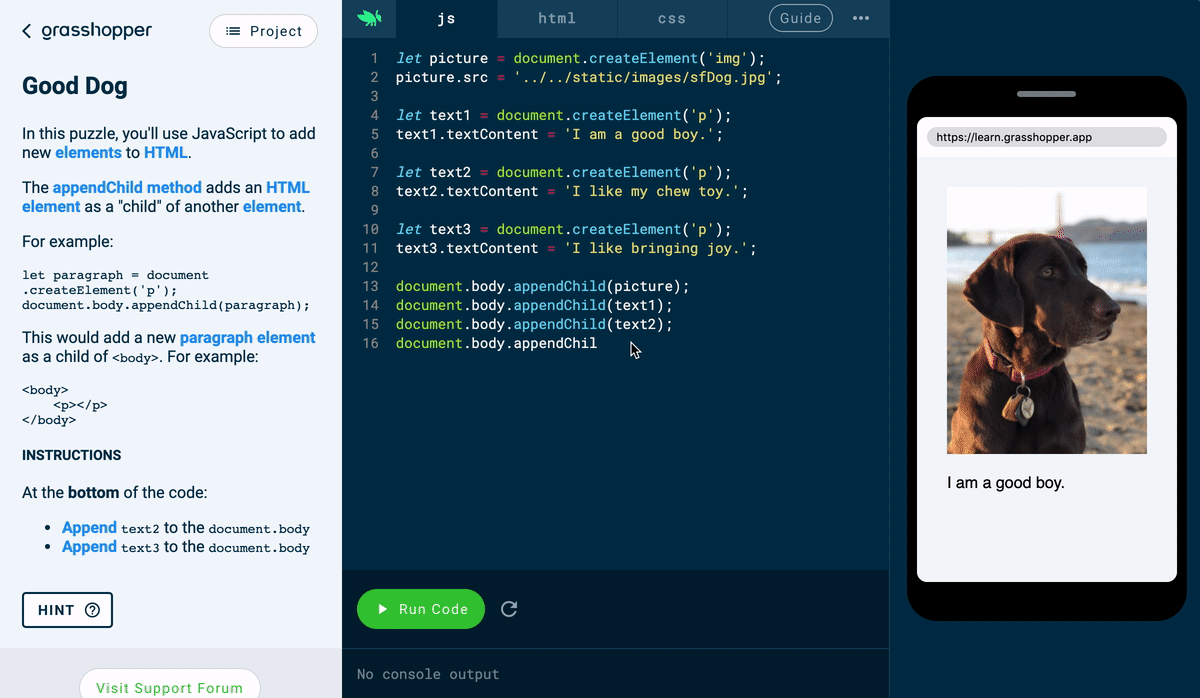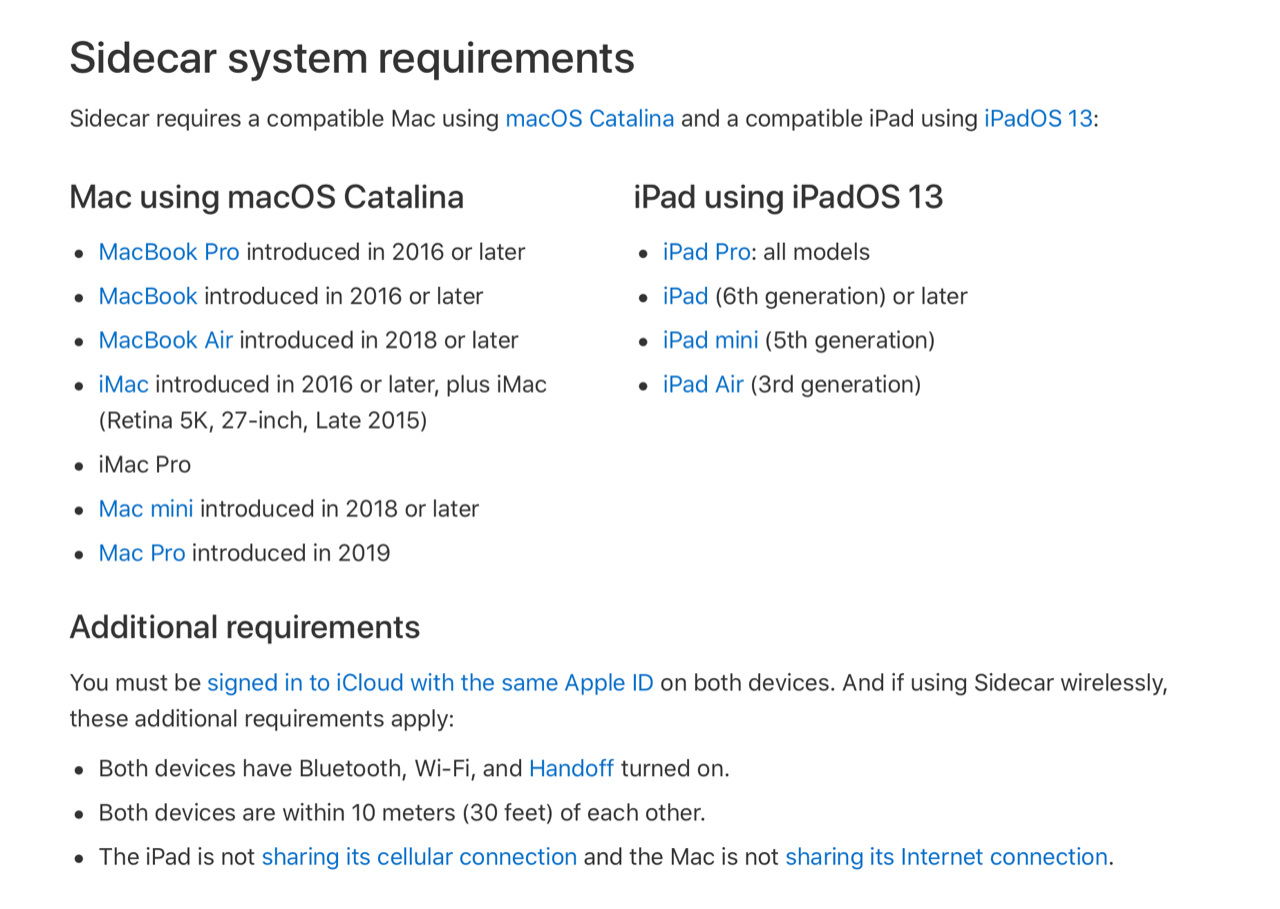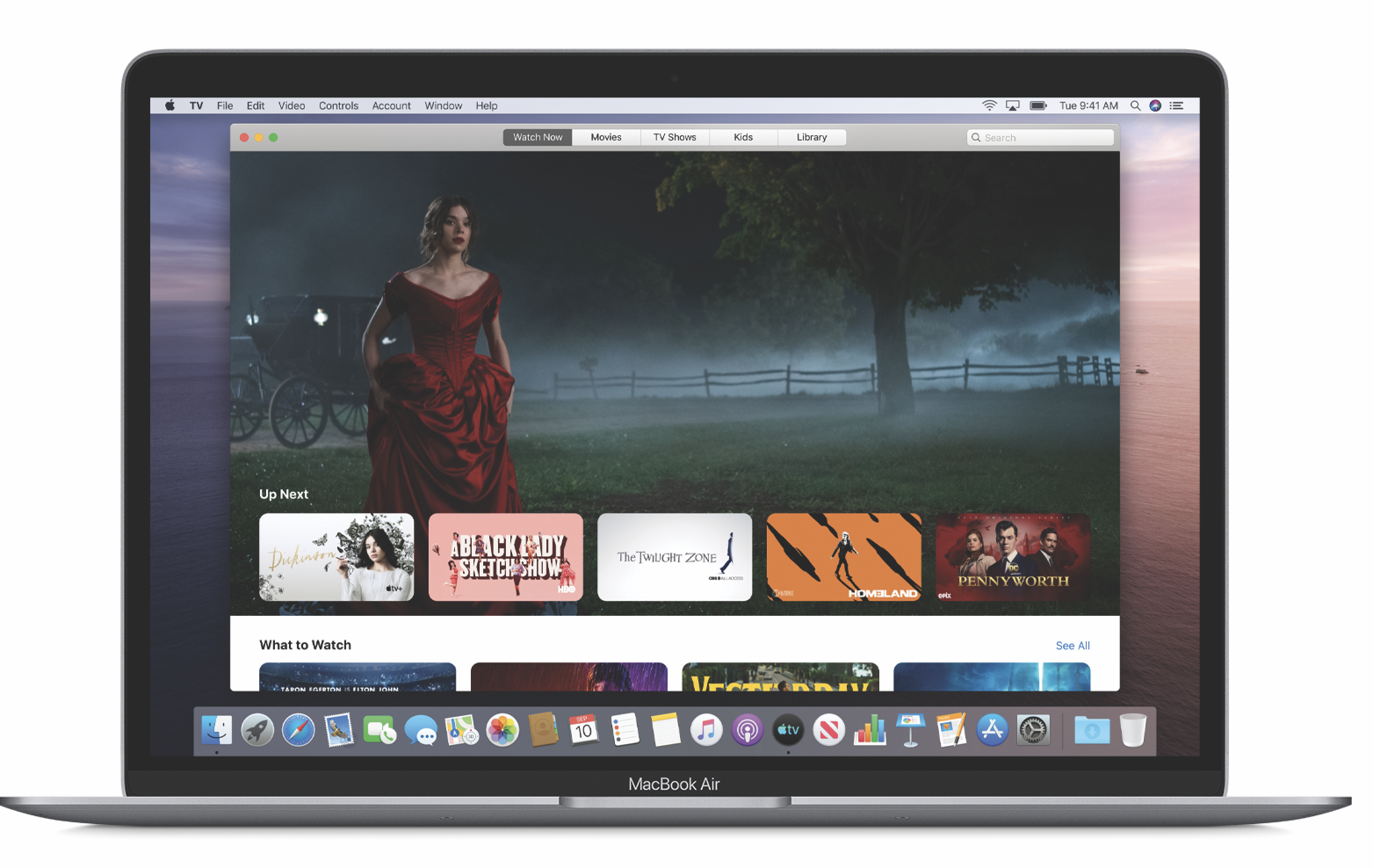Apple’s decision to greenlight an app called HKmaps, which is being used by pro-democracy protestors in Hong Kong to crowdsource information about street closures and police presence, is attracting the ire of the Chinese government.
An article in Chinese state mouthpiece, China Daily, attacks the iPhone maker for reversing an earlier decision not to allow the app to be listed on the iOS App Store — claiming the app is “allowing the rioters in Hong Kong to go on violent acts” (via The Guardian).
HKmaps uses emoji to denote live police and protest activity around Hong Kong, as reported by users.
The former British colony is a special administrative region of the People’s Republic of China that’s been able to maintain certain economic and and political freedoms since reunification with China — under the one country, two systems principle. But earlier this year pro-democracy protests broke out after the Hong Kong government sought to pass legislation that would allow for extradition to mainland China. It’s policing around those on-going protests that’s being made visible on HKmaps.
The app’s developer denies the map enables illegal activity, saying its function is “for info” purposes only — to allow residents to move freely around the city by being able to avoid protest flash-points. But the Chinese government is branding it “toxic”.
“Business is business, and politics is politics. Nobody wants to drag Apple into the lingering unrest in Hong Kong. But people have reason to assume that Apple is mixing business with politics, and even illegal acts. Apple has to think about the consequences of its unwise and reckless decision,” the China Daily writer warns in a not-so-veiled threat about continued access to the Chinese market.
“Providing a gateway for ‘toxic apps’ is hurting the feelings of the Chinese people, twisting the facts of Hong Kong affairs, and against the views and principles of the Chinese people,” it goes on. “Apple and other corporations should be able to discern right from wrong. They also need to know that only the prosperity of China and China’s Hong Kong will bring them a broader and more sustainable market.”
The article takes further aim at Apple — claiming it reinstated a song which advocates for independence for Hong Kong and had previously been removed from its music store.
We’ve reached out to Apple for comment.
A few days ago the company was getting flak from the other direction as Western commentators piled on to express incredulity over its decision, at the app review stage, not to allow HKmaps on its store. The app’s developer said Apple App Store reviewers had rejected it citing the reasoning as “the app allowed users to evade law enforcement”.
Yet, as many pointed out at the time, the Google-owned Waze app literally describes its function as “avoid police” if you take the trouble to read its iOS listing. So it looked like a crystal-clear case of double standards by Cupertino. And, most awkwardly for Apple, as if the US tech giant was siding with the Chinese state against Hong Kong as concerned residents fight for their autonomy and call for democracy.
We asked Apple about its decision to reject the app at the App Store review stage last week. It did not provide any comment but a couple of days afterwards a spokesman pointed us to an “update” — where the developer tweeted that the iOS version was “Approved, comming soon!” [sic].
At the time of writing the iOS app remains available on the App Store but the episode highlights the tricky trade-offs Apple is facing by operating in the Chinese market — a choice that risks denting its reputation for highly polished corporate values.
The size of the China market is such that just “economical deceleration” can — and has — put a serious dent in Apple’s bottom line. If the company were to exit — or be ejected — from the market entirely there would be no way for it to cushion the blow for shareholders. Yet with a premium brand so bound up with ethical claims to champion and defend fundamental human rights like privacy Apple risks being pinned between a rock and a hard place as an increasingly powerful China flexes more political and economic muscle.
Wider trade tensions between the US and China are also creating further instability, causing major operating headaches for Chinese tech giant Huawei — with the Trump administration pressuring allies to freeze it out of 5G networks and leaning on US companies not to provide services to Chinese firms (leading to question marks over whether Huawei’s smartphones can continue using Google’s Android OS, and suggestions it might seek to deploy its own OS).
The going is certainly getting tougher for tech businesses working from East to West. But it also remains to be seen how sustainable Apple’s West-to-East democratic balancing act can be given heightened and escalating geopolitical tensions.
from Apple – TechCrunch https://ift.tt/2VpRqgi




